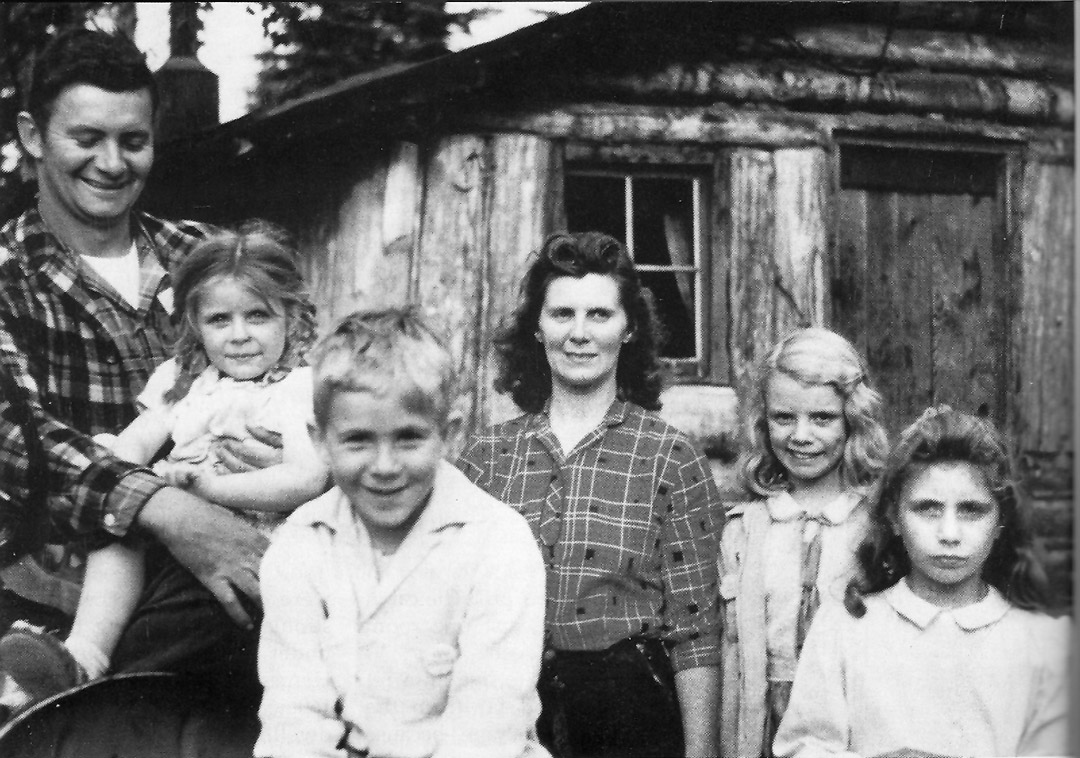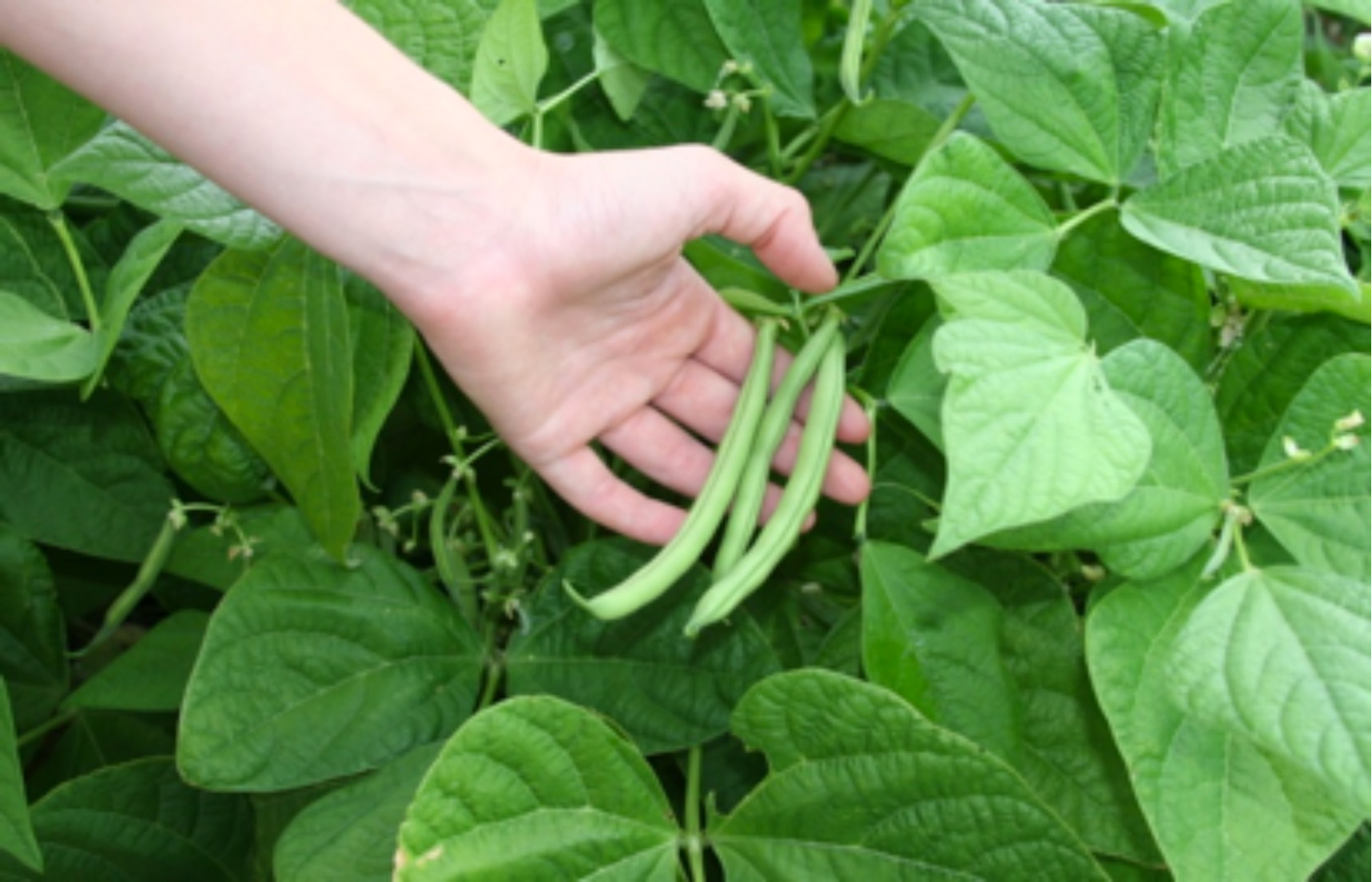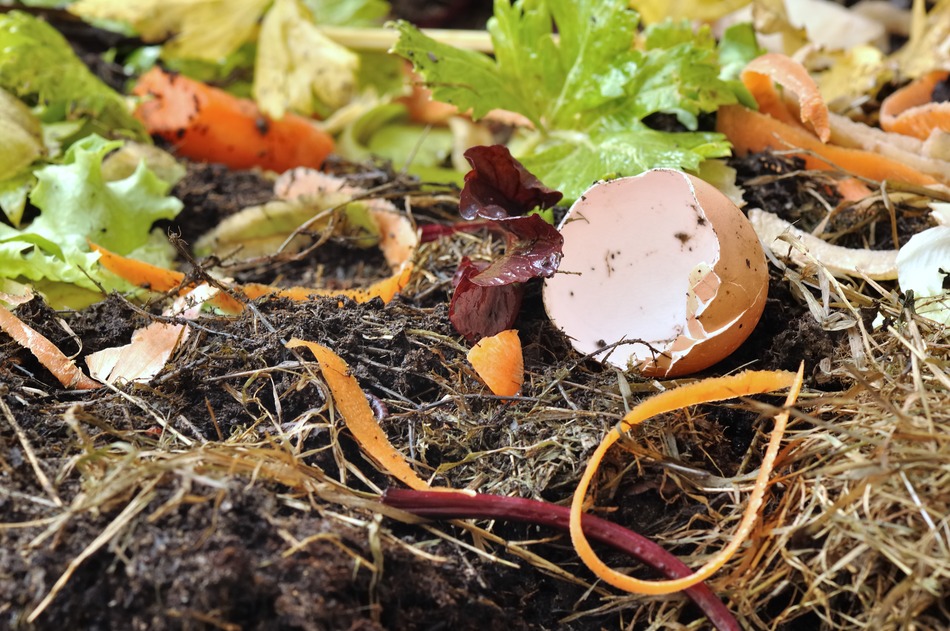The Easiest Gardening Method You’ll Ever Try
A thriving garden is the beating heart of the homestead. For many people, though, keeping a garden can be a challenge. Traditional methods require heavy machinery for soil preparation, questionable chemical fertilizers, all adding up to a prohibitive upfront cost. A great and easy method of gardening that has a very low financial demand is … Read more








